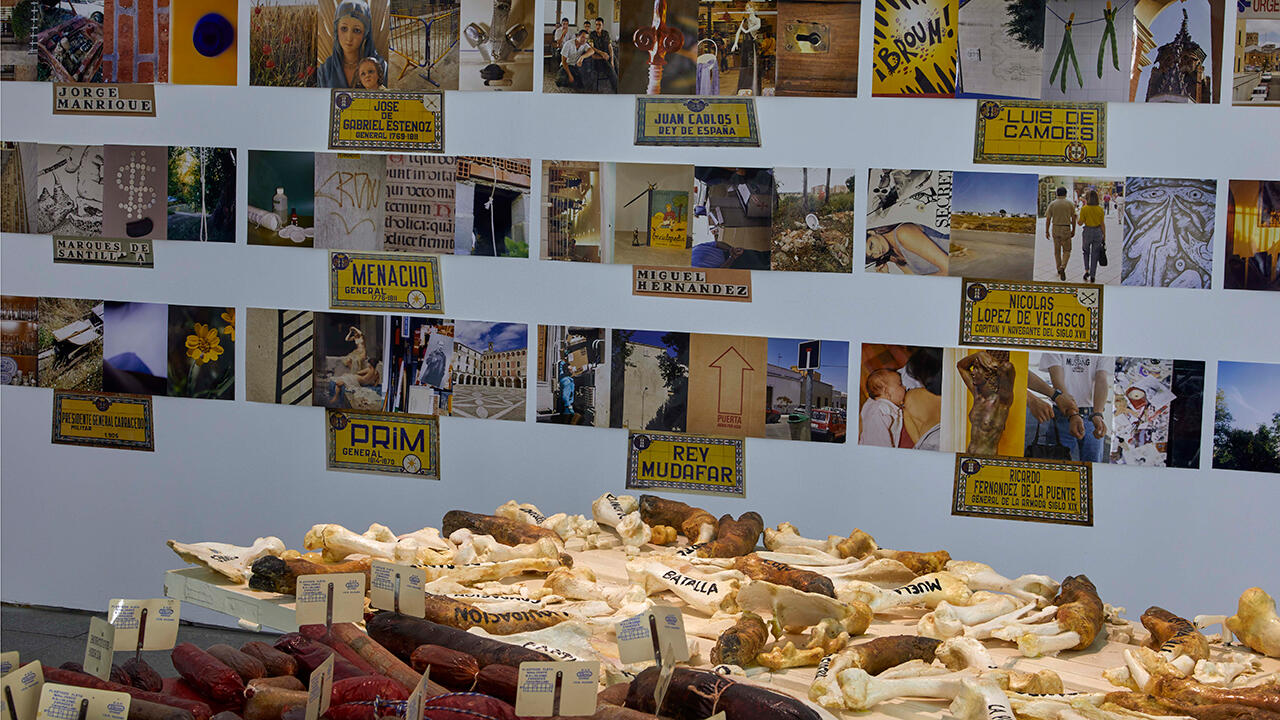How the Pioneer of Lesbian Experimental Filmmaking Barbara Hammer Found Her Style
An exhibition at KOW, Madrid, reveals Hammer’s early explorations, marked by a persistent sense of fragmentation and search for freedom
An exhibition at KOW, Madrid, reveals Hammer’s early explorations, marked by a persistent sense of fragmentation and search for freedom

Barbara Hammer might not seem like a vernacular choice for the first show of Berlin gallery KOW’s recently-opened Madrid branch. But the pioneer of lesbian experimental filmmaking is not a household name in Spanish galleries and museums, and ‘Contribution to Light. The Early Works of Barbara Hammer’ has an air of vindication, or at least of a reminder, of her towering role in the history of the moving image. Gathering over 20 early pieces, including a cluster of rarely seen works on paper, the show has a certain institutional flavour, as if one were stepping into the first room of much larger retrospective.
Among those significant early works is Hammer’s second film, titled Barbara Ward Will Never Die (1968), made while she was still married. The transferred 8mm film is shown on a cube monitor on a plinth. The camera points at the sky, where we see treetops and birds, before plunging towards the ground, where a grassy lawn reveals itself to be a graveyard. The view lingers on several gravestones, before showing the artist’s boot and hand vandalising the surrounding crosses and stones. One wonders whether Hammer here is challenging death itself, as the title’s omnipotence suggests, or rather heralding the end of her heteronormative persona with an aggressive acting out of desire.

Hung in the walls around the plinth, eight works on paper made in the cusp of the late 1960s and early 70s shine a light on Hammer’s pictorial endeavours, a lesser-known body of work that was first unveiled as part of ‘Evidentiary Objects’, her 2017 retrospective at the Leslie-Lohman Museum of Gay and Lesbian Art in New York. The drawings, made with acrylic, ink and pencil on paper, differ noticeably among themselves in approach and execution, reflecting the early explorations of an artist in search of her style. But a predilection for organic shapes had congealed already; from the colourful phallic forms of Chumash Bright (1969–71), which bring to mind Roberto Matta’s biomorphic landscapes, and the limb-like figure of Red Hill With Boxes (1969–71), where body parts become topographic features, to the splintered scene depicted in the collage Double Head (1969–71), surprisingly redolent of Henri Matisse’s busy interiors. Other works boast a more conceptual approach, particularly Lunar View 5 (1969), which features a grid complete with four cut-outs, small windows showing different phases of the moon cycle.

There is a persistent sense of fragmentation to these drawings, as if the images had been splintered through a kaleidoscopic lens, that prevails too in some of the six moving image works projected downstairs. Aldebaran Sees (1969) is a short structuralist film in which cellular forms are evoked by means of zooms and overlays on liquid and glass surfaces; in Contribution to Light (1968) a succession of disorientating light flares slowly come into focus, revealing themselves as shots of cars, flowers and genitalia. Death of a Marriage (1969), meanwhile, abandons abstract shapes in favour of figuration, with the camera exploring the nooks and crannies of the cabin that Hammer and her husband built in the woods, complete with a corral and studio. Shots of horse riding and blue skies complete a portrait of a supposedly Edenic lifestyle that nevertheless did little to appease the claustrophobic feelings of constriction and entrapment experienced by the artist.
By the early 1970s, things seem to have changed drastically. The five photographs from the series ‘Tee Corinne’ (1972), for example, portray the late photographer and writer confident and relaxed in the nude, lost in a tangle of either limbs or double exposures. Mouths are open, tongues stick out, hairy bushes are visible and tenderly caressed. Freedom, at long last, is found.
‘Contribution to Light. The Early Works of Barbara Hammer’ runs at KOW Madrid until 31 January 2019.
Main image: Barbara Hammer, Untitled, 1969, transferred S8 mm film, color, silent, Courtesy: the artist and KOW Berlin/Madrid
























